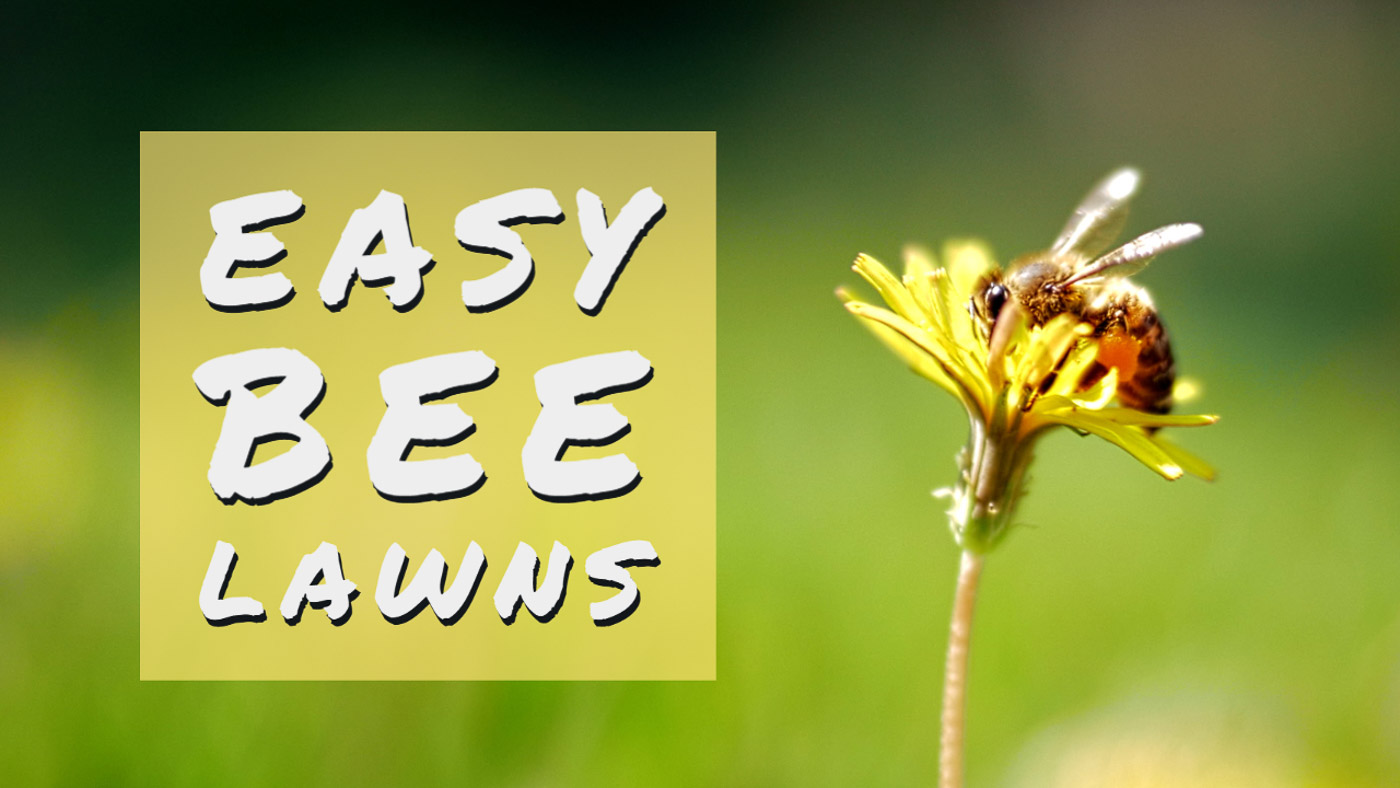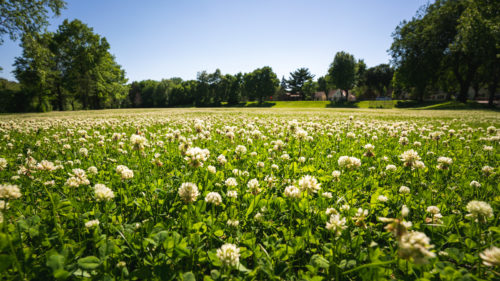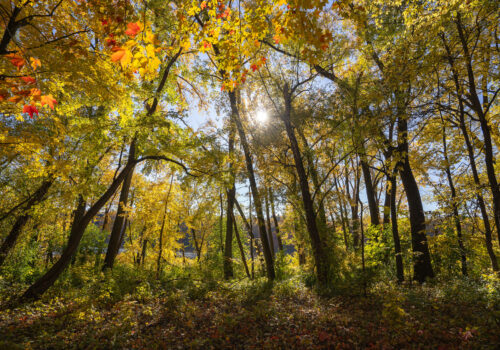News / October 27, 2021
VIDEO: The Easy Way to Plant a Pollinator Lawn (and Why You Might Already Have One)


Fall is a great time for planting, and that includes grass seed. But instead of just fortifying your traditional, monoculture turfgrass lawn, why not add a little diversity to your yard to help our pollinators?

Pollinators lawns, also known as bee lawns, comprise a mixture of turfgrass with a variety of low-growing, flowering plants such as Dutch white clover. They’re growing in popularity as awareness spreads of the challenges facing pollinators. They also provide some benefits to homeowners, including reduced mowing needs.
We made a short video (see below) demonstrating the basics of planting a pollinator lawn in an urban yard. We demonstrate how to plant a pollinator seed mix over an existing lawn (i.e., over-seeding), as well as how to plant the same seed in bare soil.
We chose a weedy yard to stage our demonstration, in part to illustrate the point that many weeds like dandelions and creeping Charlie also serve as pollinator habitat, especially in the early spring. To be clear, you’ll get the best results if you can remove these weeds before planting your pollinator lawn. But if some of those weeds survive, know that it’s not necessarily a bad thing.
If you watch our video and you’re feeling ready to roll up your sleeves to help our pollinators, we recommend the University of Minnesota’s Bee Lab website as a resource. There you can take a deeper dive into bee lawns as well as other options like pollinator gardens and native plants.


